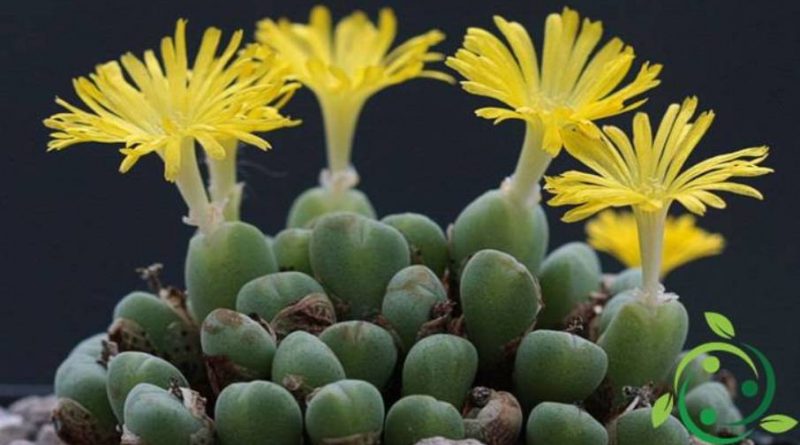How to grow Conophytum
How to grow Conophytum
Conophytum (Conophytum N.E.Br., 1922) is a genus of succulent plants of the Aizoaceae family, with origins in South Africa.
The Conophytum are dwarf and perennial plants that tend to form in their development of the true colonies, so even if the single plant remains of very small dimensions (never more than 10 cm of height), however, they develop, as said, colonies that widen up to cover the surface on which they grow, forming a sort of soft bush that blooms towards the end of summer.
The characteristic of these plants is that some species grow in the form of rounded and flattened pebbles, presenting a central fissure from which, at the beginning of vegetation (September-November) the flower resembles a daisy-like flower and from where also the new leaf pairs sprout; in other species two fleshy leaves form at the center of which the flower or the new leaf pairs appear.
In this card we will see how to cultivate the Conophytum following the most appropriate agronomic indications for these species and considering that, coming from the southern hemisphere, the Conophytum have as vegetative period the months that go between the end of summer and the beginning of autumn .
To start cultivating Conophytum you need to start with a good exposure that must be very bright. In this sense the direct sun is fine, as long as the plant is sheltered with a slight shade in the central hours of summer days.
The temperature must be warm and should never fall below 5 ° C.
The water supply must be very careful, regular and parsimonious. The soil must be completely dry before proceeding to a new irrigation that must be done without ever directly wetting the plants.
The substrate on which to cultivate the Conophytum must always be very poor, gravelly, permeable, with little peat and predisposed with a basal layer and an upper layer with coarser gravel to guarantee greater water drainage and surface protection. In general the substrate to cultivate this plant must be very porous and fibrous with the addition of very coarse sand and a mixture of gravel.
For fertilization, it is sufficient to provide at the beginning of summer with a small quantity of earthworm humus or other organic substance, removing the superficial stony layer and putting it back after fertilization.
For repotting operations it is always necessary to choose wide and shallow vessels to give the plant a way to reproduce spontaneously and to cover the surface.
For the multiplication of these plants suckers are used, which the plant produces in large quantities. Suckers can be used just like cuttings. The plant will start producing suckers after a few or several years depending on the species cultivated.
As for the adversities, as for other succulent plants the major one can be represented by the radical rots which, however, should not occur if you have carefully followed the indications for the creation of the substrate and the irrigation technique.
The species of Conophytum are many, among these we remember in particular: Conophytum ficiforme, Conophytum minutum, Conophytum ampliatum.

